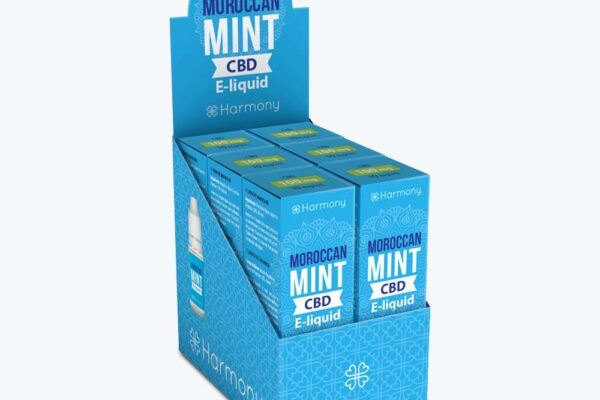Have you ever wondered why some people succeed in reversing diabetes while others struggle, even with the same diet and lifestyle changes? One surprising key could be hiding deep inside your belly—your gut.
Your gut isn’t just for digesting food. It’s home to trillions of tiny organisms that work together in ways that affect your entire body—including how your body handles sugar. Let’s explore how a healthy gut can be a game-changer in any Diabetes Reversal Program, and what you can do to keep it thriving.
Understanding the Gut: Your Body’s Second Brain
The gut is often called the second brain because of its deep connection to the rest of the body. This connection happens mainly through the gut-brain axis, a two-way communication system that links your digestive system with your nervous system.
But more importantly for diabetes, your gut is packed with bacteria, both good and bad. This collection of microbes is called the gut microbiome, and its balance can impact your body’s ability to:
Digest food properly
Absorb nutrients
Control inflammation
Regulate blood sugar levels
A well-balanced gut supports healthy sugar metabolism. But when this balance goes off, it can lead to inflammation, weight gain, insulin resistance, and yes—higher blood sugar levels.
What Happens When the Gut Microbiome is Imbalanced?
When the bad bacteria outnumber the good ones, the gut becomes inflamed and leaky. This condition is often called leaky gut syndrome, and it allows harmful substances to enter the bloodstream.
What’s the big deal? These substances can confuse your immune system, spark chronic inflammation, and interfere with insulin—the hormone that helps sugar move from your blood into your cells.
Here’s a simplified comparison:
Healthy Gut Imbalanced Gut
Stable blood sugar Spikes in blood sugar
Strong immunity Increased inflammation
Better energy and digestion Bloating, fatigue, sugar cravings
Healthy weight Weight gain and insulin resistance
So, the gut isn’t just involved—it could be leading the way in your journey toward reversing diabetes.
How Gut Health Affects Blood Sugar Levels
The link between your gut and blood sugar isn’t just theoretical. Research shows that certain gut bacteria can directly impact how your body processes glucose (sugar). Some bacteria help break down fiber into short-chain fatty acids (SCFAs), which reduce inflammation and improve insulin sensitivity.
When your gut is in good shape:
Insulin works more efficiently
Your body uses sugar instead of storing it as fat
You feel fuller longer, reducing overeating
But if your gut is unhealthy, your body might mismanage sugar, causing frequent highs and lows in your blood sugar.
Specific Bacteria That Help (or Hurt) Blood Sugar
Let’s look at the types of gut bacteria that make a difference:
Helpful Bacteria What They Do Harmful Bacteria (in excess) Their Effects
Bifidobacterium Reduces inflammation, improves digestion Clostridium Can cause gut infections
Akkermansia Helps strengthen the gut lining Desulfovibrio Linked to insulin resistance
Lactobacillus Supports immune and digestive health Firmicutes (in excess) Can lead to weight gain and sugar cravings
This balance plays a silent but powerful role in whether your body responds well to diet and medication—or continues to resist change.
Can Fixing the Gut Really Reverse Diabetes?
While gut health isn’t the only part of a Diabetes Reversal Program, it can significantly boost your success. Think of it like tuning up a car engine—you may be using the right fuel, but if the engine is broken, the car still won’t run well.
When the gut is balanced, your body responds better to:
Whole-food, plant-rich diets
Regular physical activity
Stress management
Quality sleep
Everything you do in your diabetes plan becomes more effective because your body is finally ready to respond.
Simple Ways to Improve Your Gut Health Naturally
Improving gut health doesn’t require expensive supplements or fancy treatments. In fact, small daily changes can make a big difference.
Here’s what you can do:
Eat More Fiber-Rich Foods
Oats, apples, carrots, beans, and leafy greens
These foods act as fuel for good bacteria
Add Fermented Foods to Your Diet
Yogurt, kefir, pickles, and idli/dosa (fermented rice)
These bring in live bacteria to your gut
Limit Processed and Sugary Foods
These feed bad bacteria and cause imbalance
Stay Hydrated
Water helps move fiber through your gut
Get Enough Sleep
Your gut resets while you rest
Reduce Stress
Try breathing exercises, walking in nature, or listening to calming music
These small habits, over time, can reshape your gut microbiome and set the stage for better blood sugar control.
A Final Thought: Your Gut is Listening
The most fascinating part? Your gut is always changing. Every bite you take, every hour you sleep, every step you walk—it all shapes your inner ecosystem.
Your gut doesn’t just digest food. It listens. It learns. It adapts.
So if your diabetes journey feels stuck, maybe it’s time to look inward—literally—and see what your gut has to say.
Ready to Take the First Step Toward Better Health?
If you’re serious about managing your sugar levels naturally, a well-rounded Diabetes Reversal Program can make all the difference. At Madhavbaug, they understand the deep link between gut health and sugar control. Contact them to learn more about creating a program that listens to your body from the inside out.





Leave a Reply
You must be logged in to post a comment.